Our Vineyard
We produce premium Pinot Noir while maintaining vine balance and vigor utilizing sustainable farming practices
Our Vineyard
We produce premium Pinot Noir while maintaining vine balance and vigor utilizing sustainable farming practices
clones
Root & Vine
- Pinot Noir Clones – Dijon 667 (45%) & 115 (40%) and Pommard (15%)
- Rootstock – Primarily 101-14
- Planted 1999 – one quarter originally planted to Pinot Noir.
- Rebud – 3/4 of vineyard budded to Pinot Noir 2007
- Acres – 3.1
- Density – 6 X 5
- Vine Count – 4455
- Trellis – VSP
- Row Orientation – North to South
- Pruning – Cane Pruning
- Cover Crop – Native Grasses and residual cover crop re-seed
- Tillage – Alternate Rows Disced as needed, otherwise mowed.
- Avenues – Area around vineyard is mowed native plants.
Maintenance
Healthy Vines
- Weed – Strip Spray contact herbicides under vine row. Spot spray as needed.
- Disease – Integrated disease management practices are used. Spray decisions are based upon disease forecasting models (e.g. grape powdery mildew index) and by site requirements. Fungicides with different modes of action are rotated during the season.
Volamus
Farming Plan
- Pruning – Late Cane Pruning to assist in frost and shatter prevention
- Fruit Thinning – Based on cane growth and leaf surface.
- Leaf Thinning – If needed is confined to around bunches to enhance air exposure.
- Canopy – Managed to promote indirect sunlight on the bunches
- Bird Netting – Fruit Zone netting for crop protection. Raptor kites as well.
Harvest
Under the direction of the winery, grape phenolics and maturity are determined. Fruit is hand picked at optimum brix, pH, T/A and flavors.
Historical Harvest Date:
Dates Between 2007 through 2022, varied between Sept 5 and Oct 5 (2018). Average around Sept 19th


